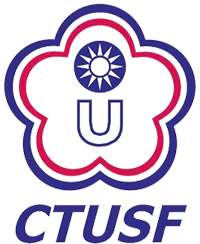Latest Articles
Author:Hsiao-Chuan Lei;I-Pang Wang;Wen-Her Chen
Period/Date/Page:No. 171 (2025/03),Pp. 22-34
DOI:10.6162/SRR.202503_(171).0003
Impact of Flipped Classroom and Traditional Teaching on Students' Learning Motivation, Cognitive Load and Self-Efficacy During Yoga Courses
Abstract:Traditional teaching, in which the teacher teaches and students passively receive information, is likely to result in high cognitive load. In contrast, the flipped classroom approach emphasizes students' self-directed learning before class, on the premise that classroom interaction and practice can effectively reduce the extraneous cognitive load. The study adopts a quasi-experimental design while analyzing the impact of different teaching modes (flipped vs. traditional) and assignment arrangements (with and without homework) on learning motivation, cognitive load, and self-efficacy for undergraduates in a yoga program. The study was conducted with 194 students in yoga courses at a comprehensive university in northern Taiwan. Most students had basic yoga movement skills, though a few were beginners. Classes were randomly assigned to use one of four methods: a flipped classroom with homework group (53 students), a flipped classroom without homework group (56 students), a traditional teaching with homework group (52 students), and traditional teaching without homework group (33 students). The results of the study showed that the flipped classroom was effective in reducing students' cognitive load, but did not bring about significant improvement in learning motivation or self-efficacy, perhaps suggesting a need for longer or more in-depth teaching interventions. Meanwhile, although the arrangement of assignments could theoretically assist pre-session learning and reduce extraneous cognitive load, no significant effect was found. We conclude that before implementing the flipped classroom, teachers should fully assess their teaching ability and the difficulty level of the curriculum, appropriately adjust the amount and difficulty level of the assignments, and incorporate higher-level thinking and interactive activities into the classroom. This will help students deepen their understanding and sense of competence through self-directed learning and peer co-operation. (Full text)



